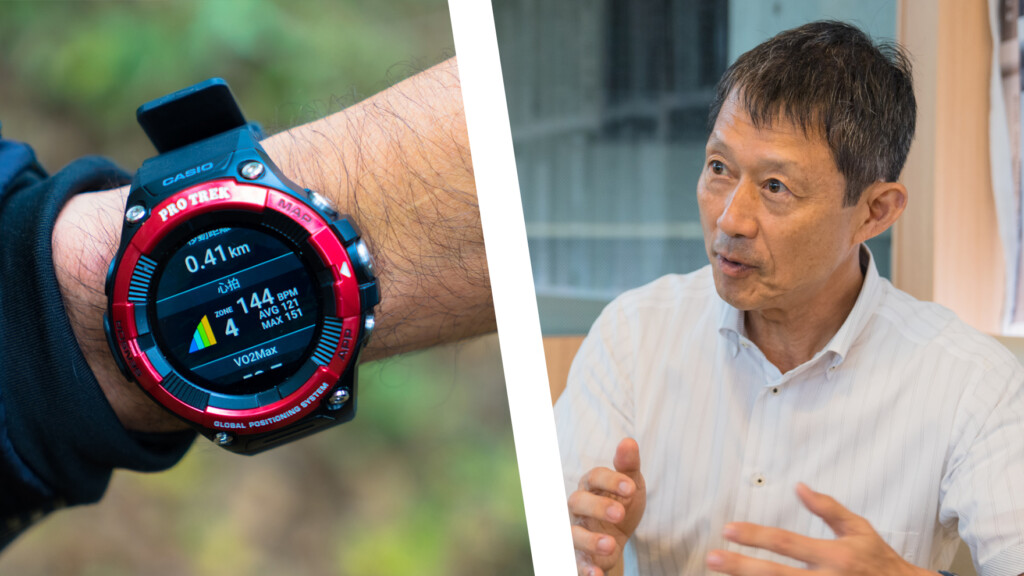
[We asked an expert] How to walk using the PRO TREK Smart WSD-F21HR, which can measure your heart rate, to help you improve your endurance without fatigue?
table of contents
I actually tried climbing a mountain with my heart rate in mind, with the aim of not getting tired and building endurance
Based on Professor Maekawa's advice, I immediately tried out two different walking patterns on Mount Oyama (1,251.7m above sea level) in Tanzawa in late October: one that wouldn't tire me out, and one that was designed for training. The climb started from Ybitsu Pass (761m above sea level), and I planned to camp overnight, carrying a load of 9,215kg. The author (41 years old)'s maximum heart rate was 179 bpm
Before starting the climb, I made sure to set up the F21HR. I set my resting heart rate and maximum heart rate, and also set the "Zone Alert" function to sound an alert if I exceeded Zone 2
To avoid fatigue, climb at a pace that burns fat
First, I started by learning how to climb without getting tired. It was chilly, so I wore a thin fleece jacket. I climbed as much as possible in heart rate zone 2. To recap, zone 2 is for burning fat, and zone 3 is for improving endurance. About 400 meters into the climb, my heart rate suddenly rose, and I had trouble getting a sense of how my heart rate was rising, but gradually I got used to my sense of pace. Because I had the zone alert set, the watch vibrated to notify me when I exceeded zone 2, and when I looked at the display, the zone number was flashing "3." The alert helped me quickly get a sense of my pace
Once I got the hang of it, I was able to climb while keeping my heart rate at around 110 bpm, within heart rate zone 2. As for my condition during the climb, my breathing became a little quicker and I felt like I was sweating, but not so much that I was dripping. I was climbing at a pace that allowed me to talk while climbing. When the gradient increased, I tried to slow down my pace and take small steps to avoid raising my heart rate. Even though I was carrying about 9 kg of luggage, the climb to the summit of Mt. Daisen took 80 minutes, the course time
By the way, I descended from the summit to Ybitsu Pass as quickly as possible, but although I was sweating easily, my heart rate did not increase and I was in zone 2 or zone 1 (50-60% of maximum heart rate). On the way down, my pace increased quite a bit, but the mountain trail had some unevenness and difficult footing in places, so my pace slowed down in places. My heart rate remained low. For reference, the graph below shows my heart rate on the climb to the summit at that time
| item | How to climb without getting tired |
|---|---|
| Climbing time | 80 minutes as per course time |
| Average pace | 26:20/km |
| Average heart rate | 111 bpm |
| Heart rate zones (climbing) | 2〜3 |
| condition |
|
I'm focusing on training and trying to stay in Zone 3..
At first, I struggled to keep up my pace while staying in Zone 2, but I was able to get used to it quickly. After taking a short break, I started climbing again while staying in Zone 3, focusing on training
Carrying the same approximately 9kg load, I climbed while focusing on heart rate zone 3. Heart rate zone 3 is for endurance, and zone 4 is for improving muscle strength and stamina. My heart rate began to rise rapidly about 400m into the climb. In reality, it's quite difficult to maintain zone 3 while climbing, because my heart rate would inevitably rise to zone 4
When I reach heart rate zone 4, I'm out of breath and my nose is running. I feel like sweat is pouring out of my whole body, especially in my armpits, chest, and back. I'm sweating so much that I want to take off my fleece jacket. I try to climb as fast as possible, even on steeper slopes, taking breaks at appropriate intervals to get back to zone 3, but whenever I rest, I risk dropping down to zone 2
When your heart rate is high, it takes quite some getting used to to maintain that zone. My body started to tire midway through, and I was forced to slow down occasionally. I reached the summit in 53 minutes. This means I had climbed in about two-thirds of the 80-minute course time. When the gradient got steeper towards the end, my legs felt heavy, perhaps due to muscle fatigue. Zone 4 (80-90% of maximum heart rate) is an area where the body is under a lot of strain and lactic acid is produced. It's not surprising that it felt heavy to lift my legs
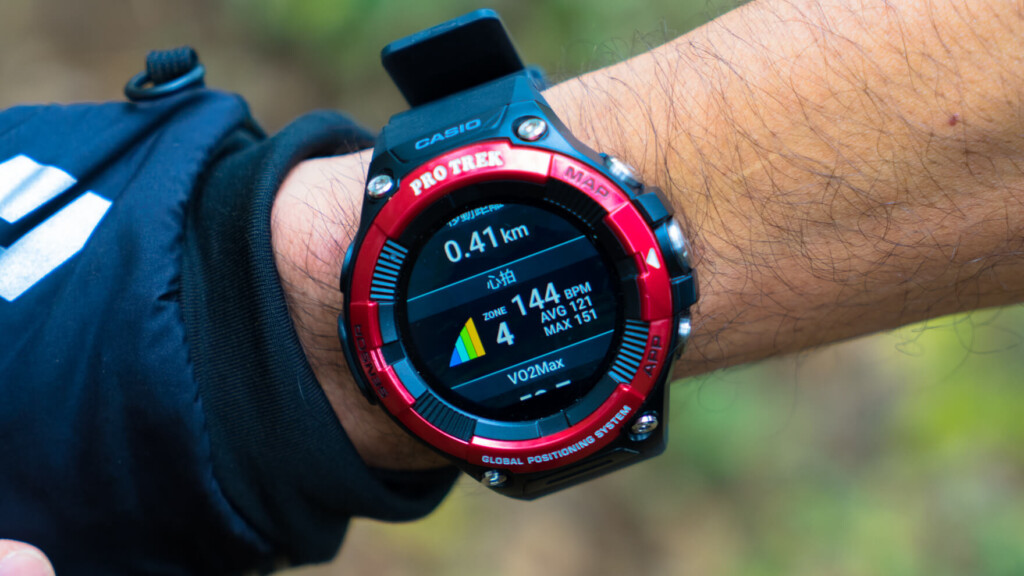
The display is easy to see even while climbing. When climbing with training in mind, my heart rate zone tends to be at 4
The diagram below shows my second climb, where I aimed to improve my endurance and focused on Zone 3. However, I ended up in Zone 4
| item | Climbing as training |
|---|---|
| Climbing time | 53 minutes Two-thirds of the course time |
| Average pace | 21:17/km |
| Average heart rate | 138 bpm |
| Heart Rate Zones | 3〜4 |
| condition |
|
summary
It's not that difficult to use heart rate to climb without getting tired. In my case, staying in Zone 2 (60-70% of my maximum heart rate) was roughly equivalent to climbing while maintaining my course time. However, this time I was carrying about 9 kg of weight. The guideline will likely change depending on the conditions, including the temperature
If you burn fat as energy and your heart rate is below 80% of your maximum, lactic acid is less likely to be produced. However, when climbing steeply, you should aim to climb at a moderate pace. While this will vary depending on the individual and the weather, you will likely sweat a little, so you will need to adjust your clothing to suit the conditions
On the other hand, for mountain climbing for training purposes, I recommend zones 4 or 3. Perhaps because it was my first time climbing while paying attention to my heart rate, I found it difficult to maintain a high heart rate. Lactic acid gradually builds up, my body becomes fatigued, and my thinking becomes dull. However, it was at times like these that the F21HR's zone alerts came in very handy. In terms of building a body that is less prone to fatigue, consciously training your heart rate up and down to increase your maximum oxygen intake is also effective
Maintaining a heart rate zone is partly a matter of intuition, but it seems to take some experience to get the hang of it. In that sense, the PRO TREK Smart WSD-F21HR easily measures your heart rate on your wrist, and the display and alerts make it easy to understand your heart rate zone. Of course, you can also check your pace, distance, and altitude at any time, and you can even set it to measure your maximum oxygen intake. This smartwatch is ideal for a wide range of people, from those who want to enjoy a leisurely, fatigue-free hike to those who want to challenge themselves with endurance and stamina.
For more information or inquiries, please click here (official product page) .
In addition, useful information and the latest information from the manufacturer are posted on the PRO TREK Facebook page



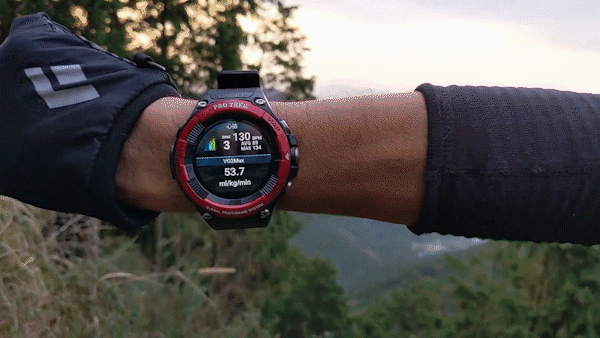
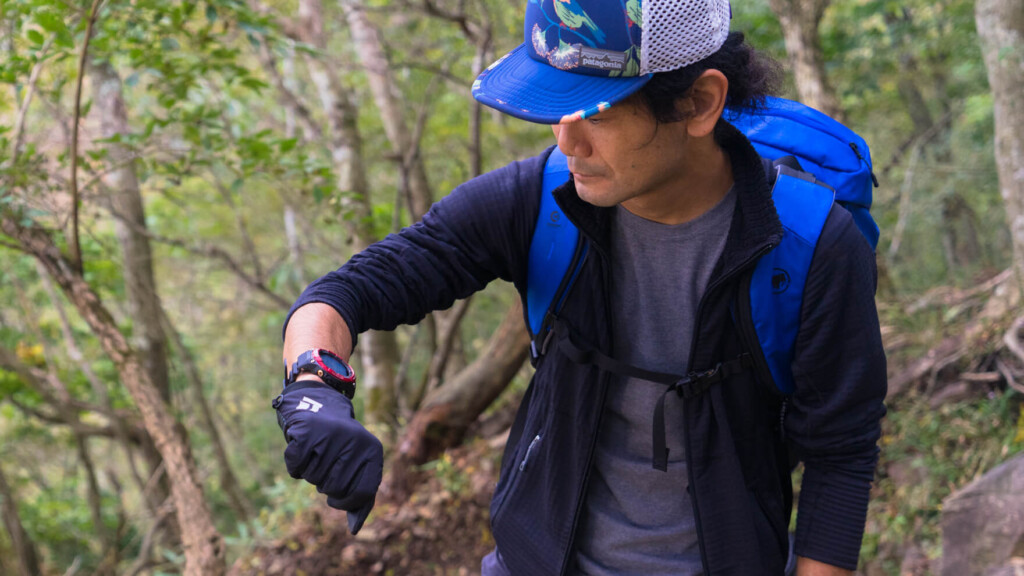
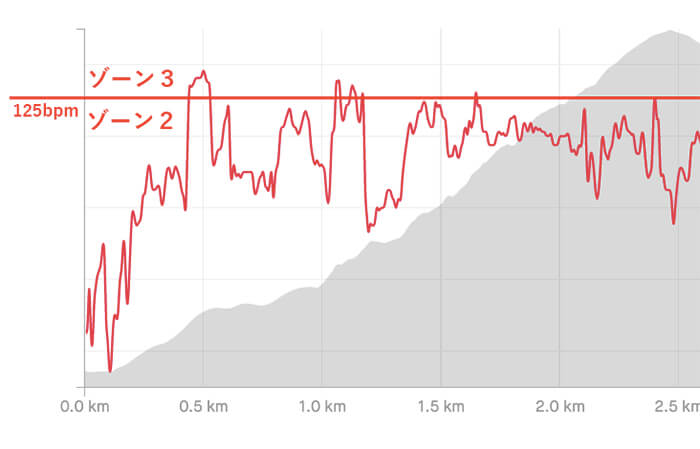
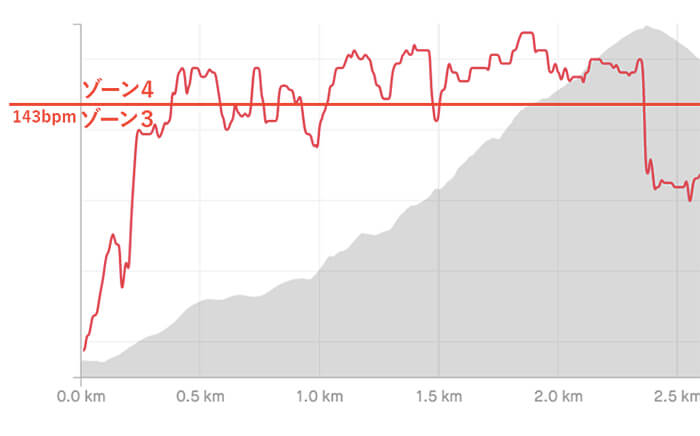
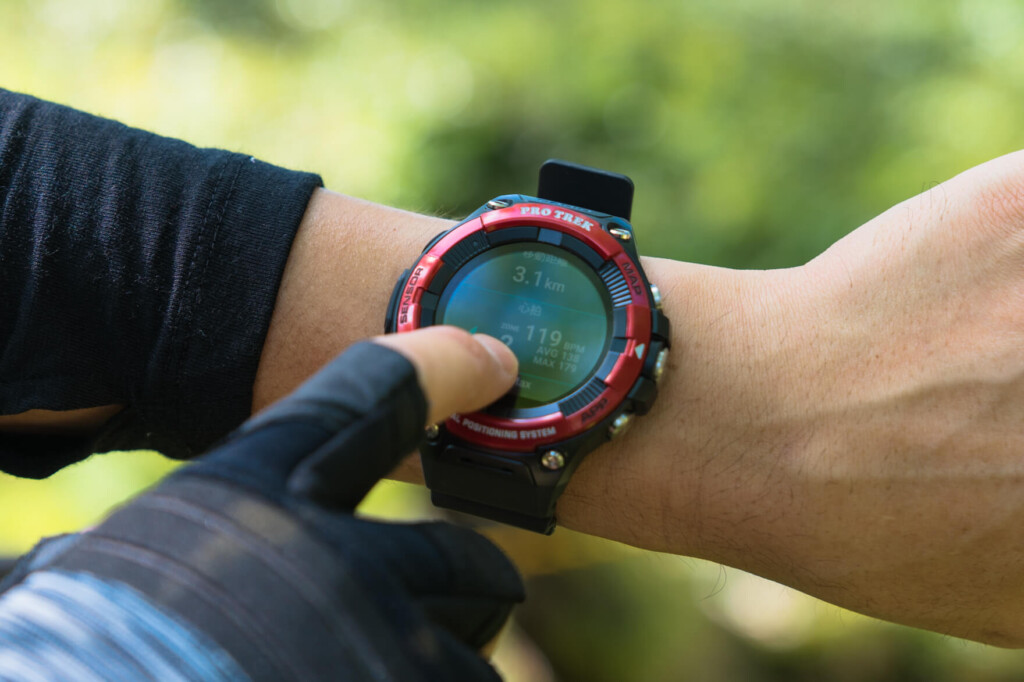
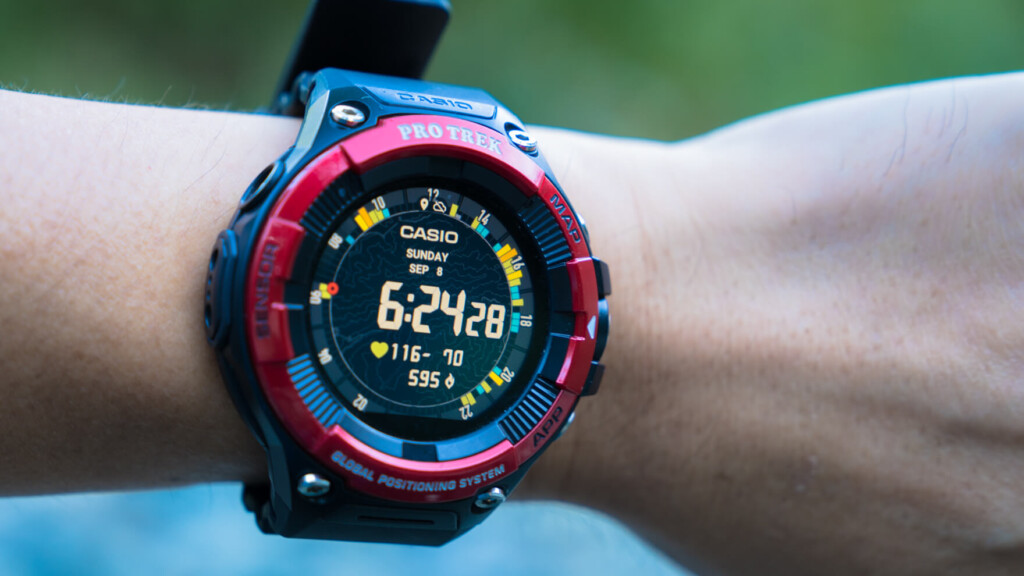 Fastest review: Casio PRO TREK Smart WSD-F21HR The long-awaited heart rate measurement function has been added. Outdoor smartwatch for those who want to play seriously
Fastest review: Casio PRO TREK Smart WSD-F21HR The long-awaited heart rate measurement function has been added. Outdoor smartwatch for those who want to play seriously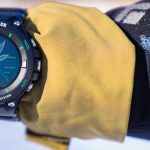 Review: Enjoy the winter outdoors with the winter-style Casio PRO TREK Smart WSD-F20X
Review: Enjoy the winter outdoors with the winter-style Casio PRO TREK Smart WSD-F20X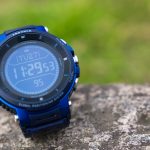 First Look: Casio PRO TREK Smart WSD-F30 Fastest Review What's new from the previous model?
First Look: Casio PRO TREK Smart WSD-F30 Fastest Review What's new from the previous model?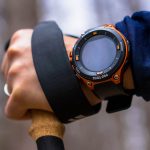 First Look: Casio PRO TREK Smart WSD-F20 What is the power of offline maps? I tried using it for a hike right away
First Look: Casio PRO TREK Smart WSD-F20 What is the power of offline maps? I tried using it for a hike right away